[This is the second in a series, which started with a post on milkweeds.]
My 2023 Monarch Project — the goal of which is to raise and release 240 monarch butterflies — relies heavily on milkweeds. Milkweeds are the host plant for monarchs, in other words the plant monarch caterpillars eat before becoming a chrysalis. However, adult monarchs will feed on the nectar of a wide variety of native flowers. And, the more blooms that are present in a garden, the more likely monarchs are to visit it and discover the milkweeds. As with the milkweeds, I have a plan for growing a sufficient number of flowering plants to reach my goal.
I believe my biggest problem in past years has been too few blooms to bring the gravid female monarchs in. (“Gravid” means carrying eggs.) In the last few years, I’ve always had milkweed left after the monarchs moved on. So that has not been the limiting factor for how many monarchs I raise. This year (2022), I am working to solve this problem for next year. I have planted and maintained many more native perennials with showy flowers than I have in the past. These should return larger in 2023 and with more blooms. My goal is to have native flowers blooming continually throughout the period when the monarchs are heading north through my region. Additionally, I want to have more blooming flowers when they pass back through in the late fall. But that’s another update.

Spiderworts are one of the first flowers to bloom each spring in my area. This year, mine have already sprouted in October. If past years are any indication, they will overwinter and then start flowering in February.
I am lucky in have I have some early bloomers growing naturally in my yard. Spiderwort, baby blue eyes, and oxalis all grow wild around my house. I mow around these each year until they are done flowering and the seed heads dry out. I will also be planting a lot of larkspur, which is a very early bloomer. For “merely early” bloomers, I have multiple lance-leaf coreopsis plants that are several years old. I separated two of these older plants this fall and now have four healthy plants from them. I also planted two coreopsis plants from seed last spring. Lance-leaf coreopsis will lend their yellow blooms to the garden at a time when the spiderworts and larkspurs are starting to fade and the other plants are just budding.

Lance-leaf coreopsis is an early bloomer. This flower attracts butterflies when little else is blooming.
After the coreopsis blooms, I have multiple gaillardia, partridge pea, and salvia plants. Partridge pea blooms heavily in the spring. Gaillardia and salvia bloom continually throughout the late spring, summer, and into fall. A little deadheading (removing faded blooms) keeps them producing flowers. Purple coneflowers, anise hyssops, and early sunflowers will also begin to bloom around this time. Additionally, four-o-clocks grow wild in my back yard.
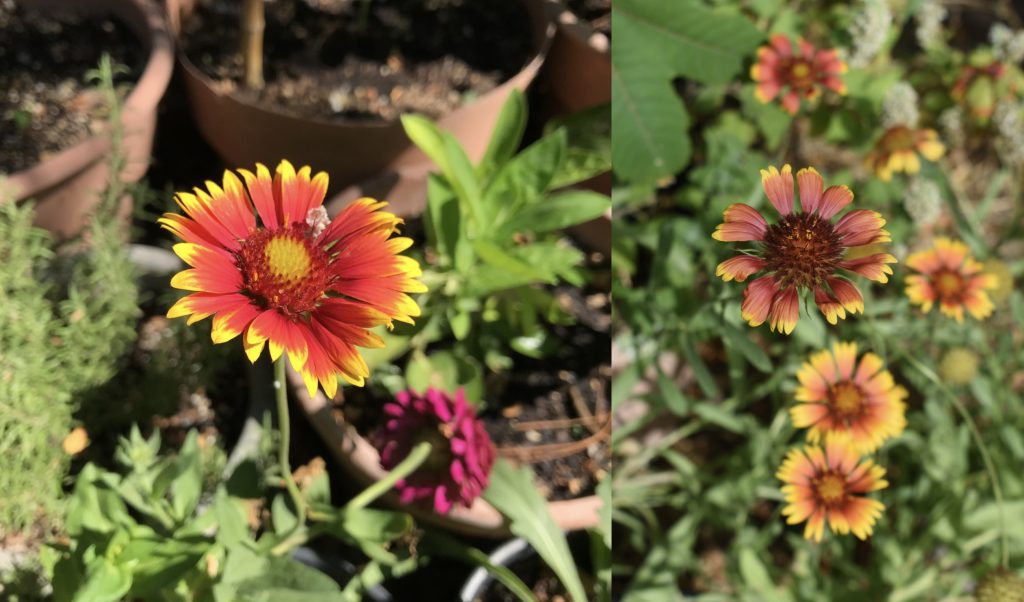
Gaillardia, also called blanket flower, is a prolific bloomer that keeps going all summer and into the fall.
For mid-season bloomers, when the monarchs have mostly passed, I have butterfly weed (a type of milkweed), western sunflower, California poppy, black eyed susan, and others. I have a few late season bloomers too, including aromatic aster. Most of these plants bloom at “butterfly height.” The others are still accessible to bees and other pollinators.

Echinacea, also called purple coneflower, starts blooming mid-spring — after the early blooming flowers. It is a magnet for bees and butterflies.
With far more flowers than I have ever had, the 2023 spring garden should be more attractive to butterflies. I will also be planting new flowers in 2023, even though many native flowering plants do not bloom until their second year. I’ll also be planting and transplanting some flowers into the side yard . . . and I found a patch of my backyard that gets just enough sun for plants comfortable with partial shade. So, I can squeeze a few more plants into the yard.

Monarch butterflies in one of the enclosures I use to raise them. The enclosure is kept outdoors, so the caterpillars and chrysalises know where the sun is throughout the day. This may effect their ability to orient and migrate in the correct direction.
I will have one more post describing my 2023 Monarch Project. Then, in March of 2023, I’ll start posting weekly updates of how the project is progressing — what plants are sprouting, what flowers are blooming, how many monarchs are visiting the garden, how many caterpillars I’ve caught, and — of course — how many adult monarch butterflies I have released.


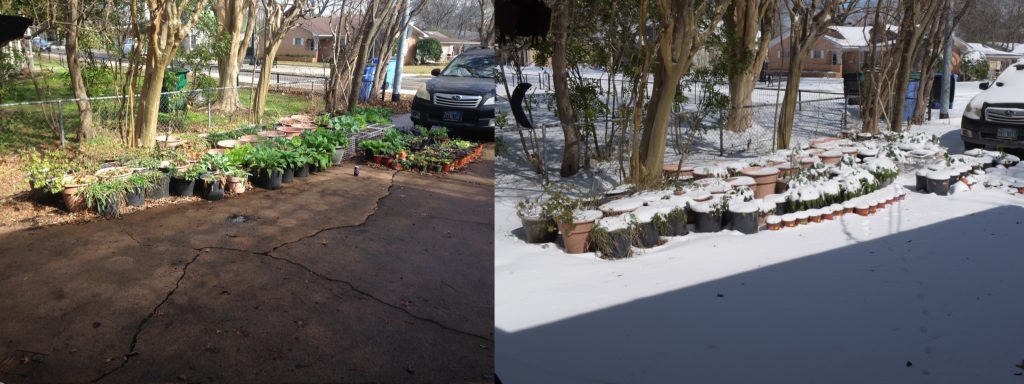
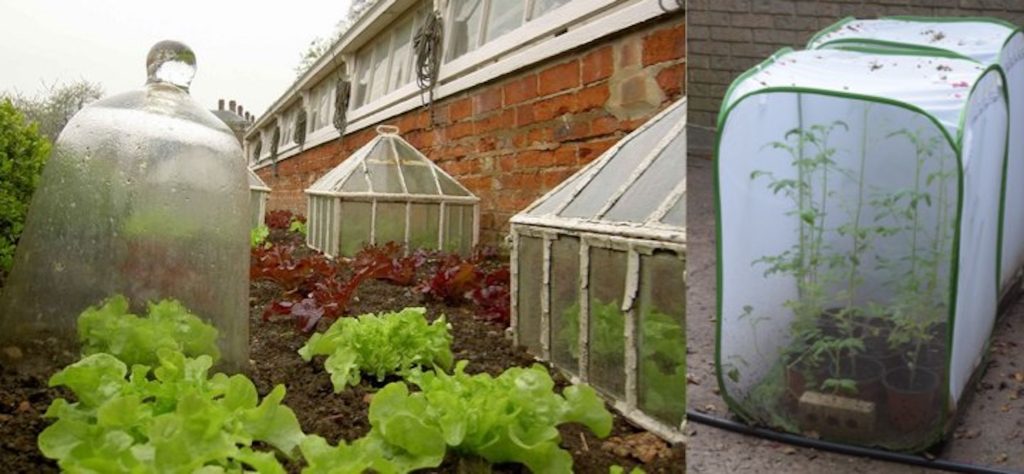


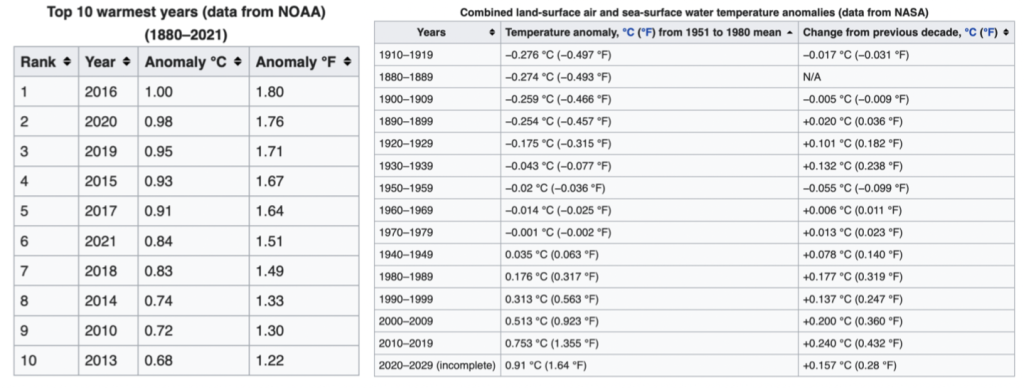

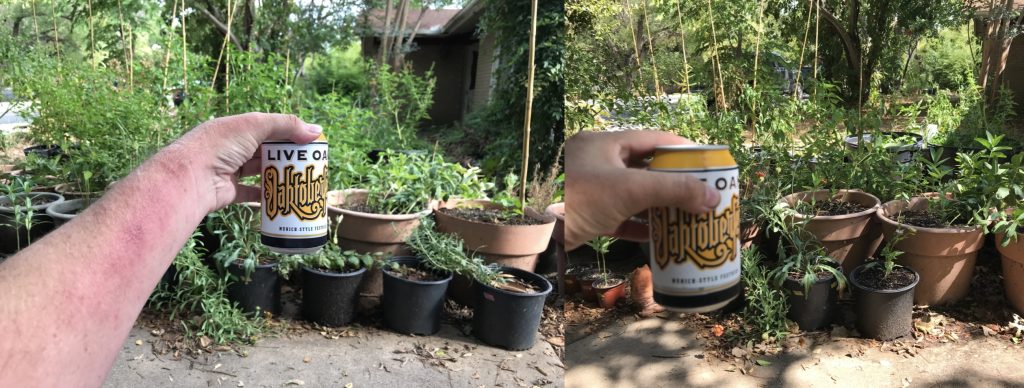





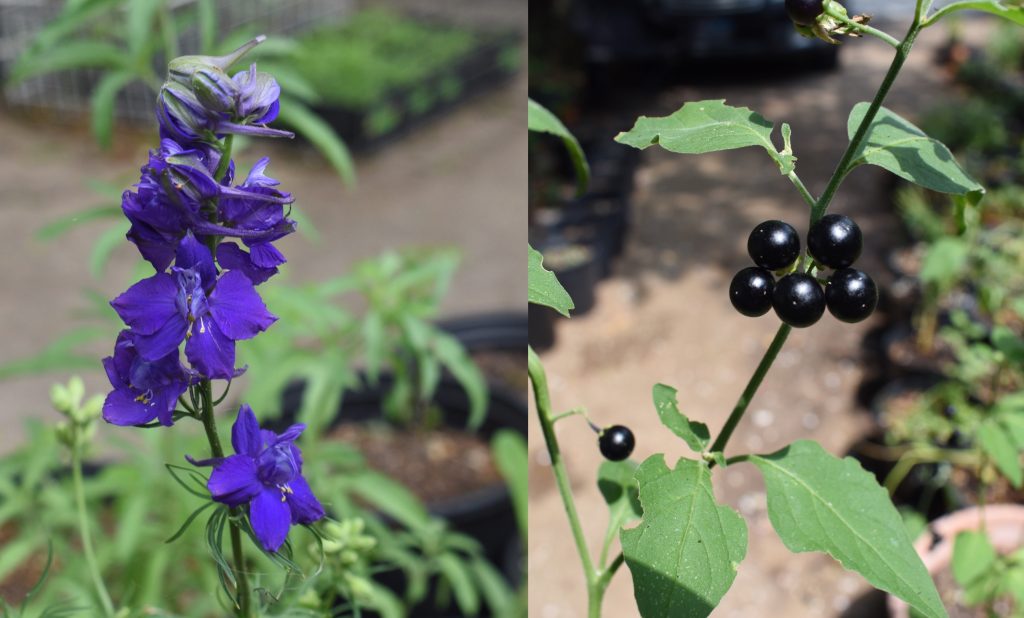
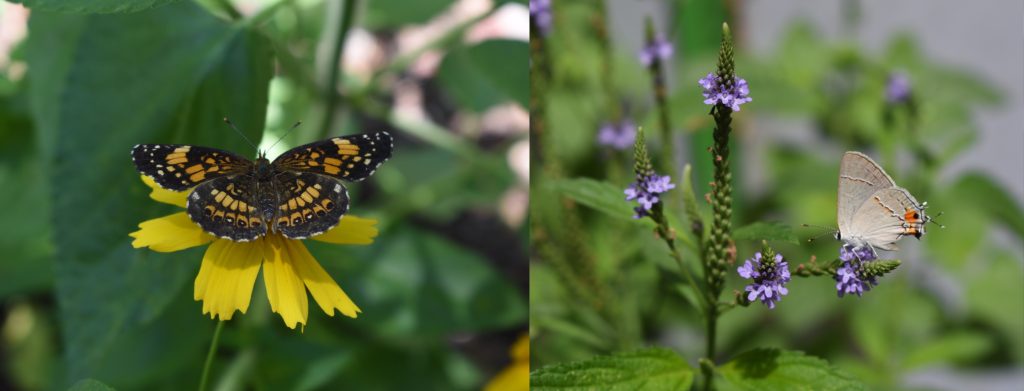




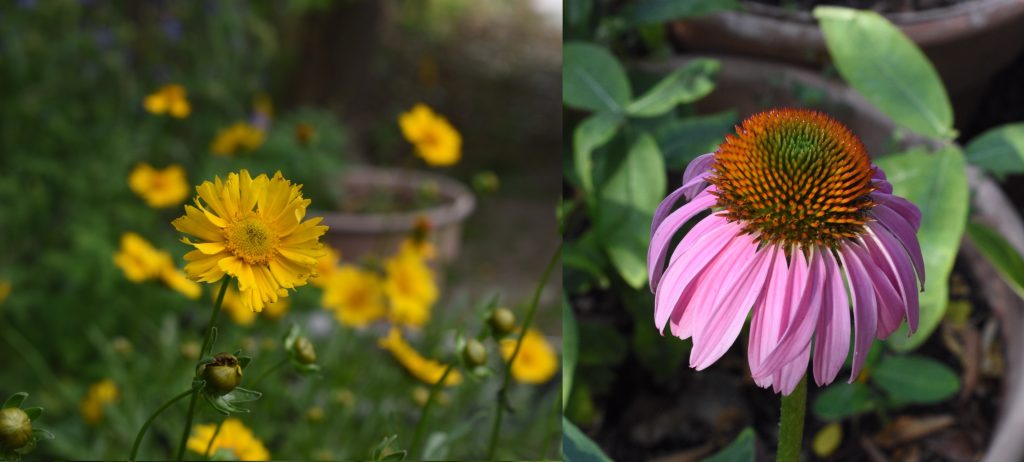





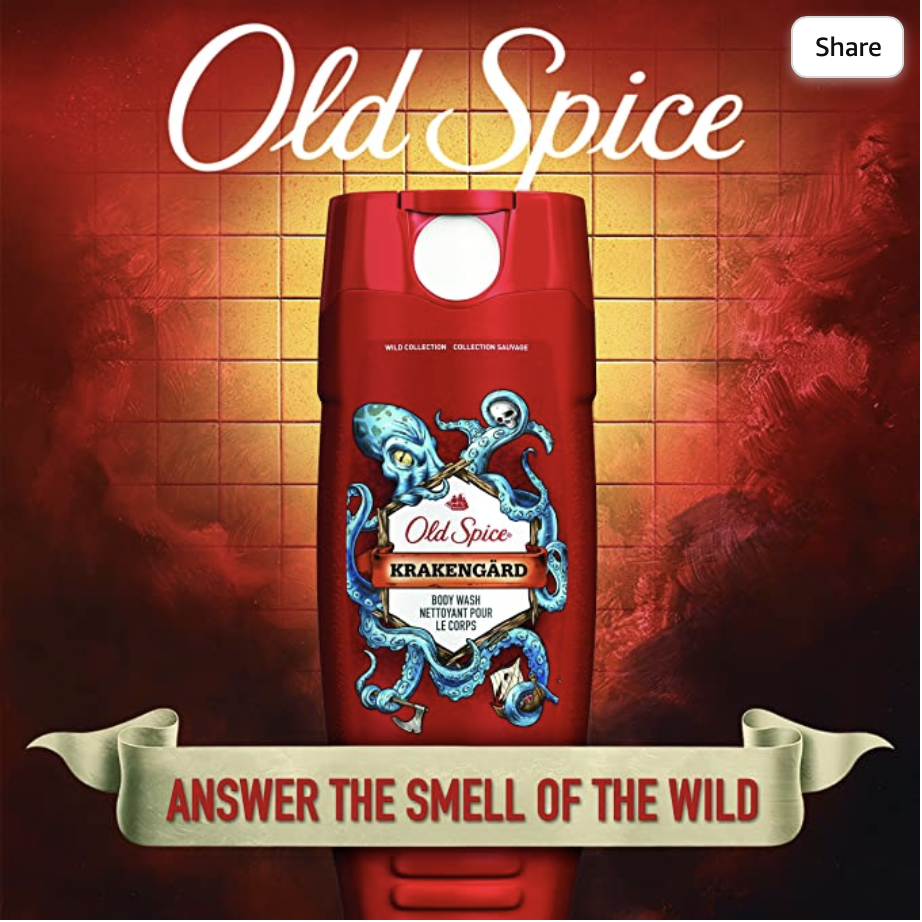

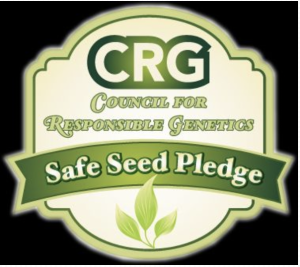




Recent Comments